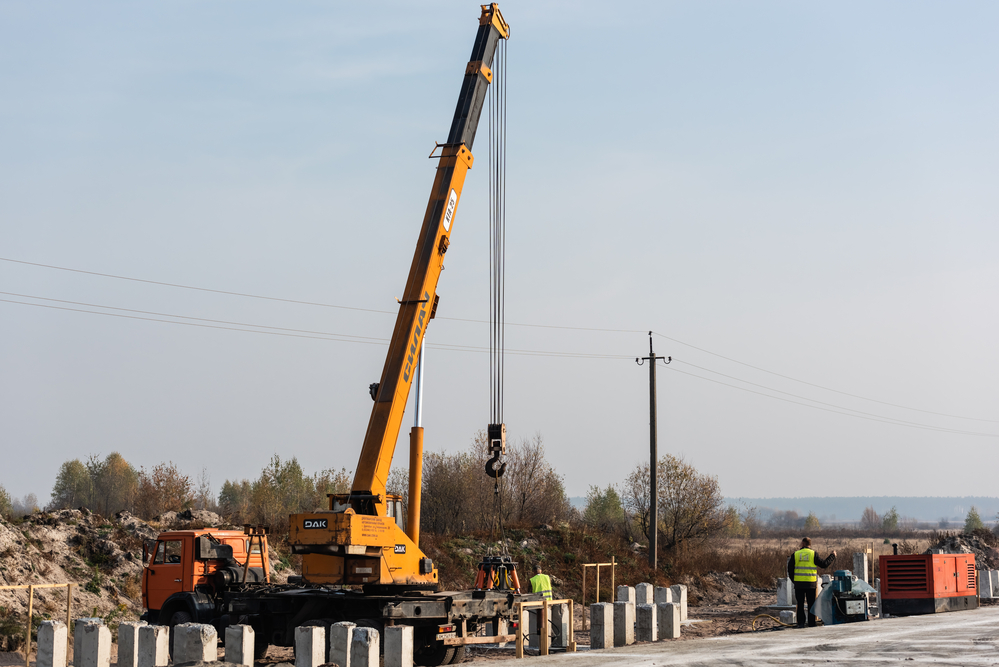As the holidays are fast approaching, the people from Second Harvest is also getting busy preparing large meals to be enjoyed by those who are less fortunate. And if you’re preparing large quantities of food, then chances are your food will be contaminated with bacteria which can harm the tummies of anyone who will eat it.
So if you’re one of the Second Harvest volunteers who are about to cook food this Christmas or simply looking for tips on how to prepare food safely during the holiday seasons, then you’ve come to the right place.
Read more as we’ll try to know more about how Second Harvest Food Bank ensures the foods to be served during the holidays are safe in today’s post.
Here we go
1. Meats Should Be Thawed Before Cooking
Based on standard cooking and preparation practices, frozen meats & poultry should be thawed safely first in the microwave, refrigerator, a cool water bath and never at the kitchen countertop. If the meat or chicken is thawed inside the fridge, make sure to cover it in a dish to prevent meat juices from leaking into other food items and compromising their quality in the process.
On the other hand, make sure to change the water from the basin every thirty minutes if you’re going to thaw the meat using the cool water method to decrease the growth and spread of harmful bacteria on the meat’s surface.
2. Maintain Cleanliness At All Times
Anyone who is involved with the meal preparation inside the Second Harvest Food Bank facility should practice washing their hands with warm water and soap for 20 seconds or more. And this should be after coughing, sneezing, or going to the restroom to avoid contaminating food with germs.
Likewise, the meat, fish, poultry, fruits and vegetables should be washed carefully under running water.
Also, make sure the kitchen surfaces are clean at all times by washing drawer pulls, countertops, and kitchen tools using hot soapy water.
3. Be Mindful Of The Food And Cooking Temperatures
Check the time as soon as the food is removed from the stove or the fridge. Some rules of thumb you need to remember are as follows:
- Never allow food to sit out at room temperature for more than 2 hours as harmful bacteria will grow which can cause food-borne illnesses.
- Hot foods should be kept hot while cold foods should be kept cold.
- Use a food thermometer to check the food temperature.
- Keep the food away from the temperature between 40 degrees Fahrenheit to 140 degrees Fahrenheit as this range is considered as the ‘Danger Zone’ where bacteria will already grow and thrive.
4. Recycle Leftovers
Finally leftovers at the Second Harvest Food Bank facilities are placed in air-tight containers and then stored in the fridge so they can be eaten again in a couple of days. Generally, leftover food should be consumed within 2 to 5 days as is and can be cooked or recycled again to be added as ingredients for a new dish (es).
